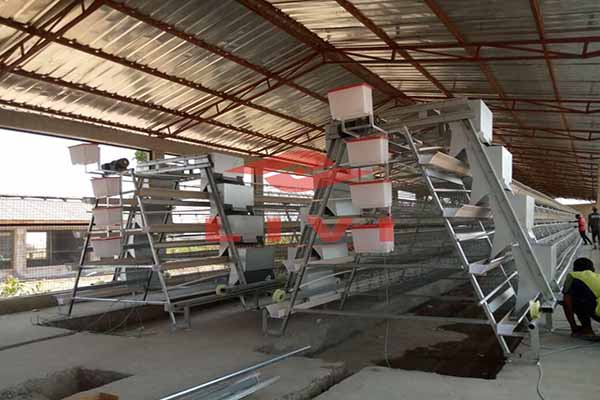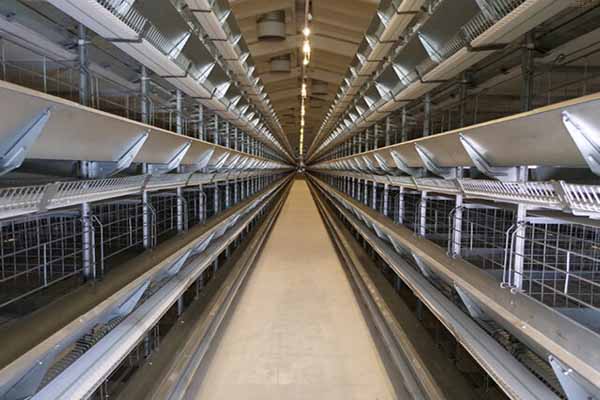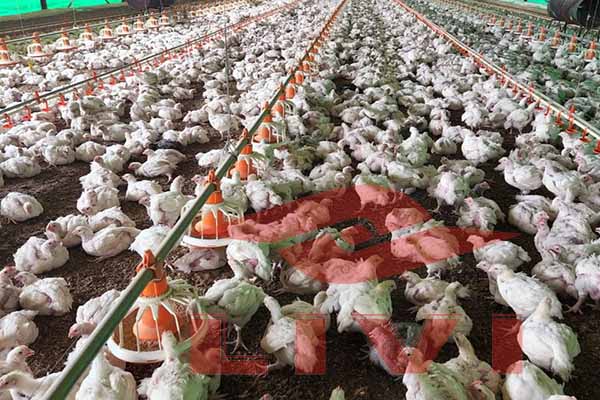Latest Technology for Chicken Farm Equipment in Tanzania: Techniques and Innovations
Time : 2025-06-27
The poultry industry in Tanzania has been experiencing significant growth in recent years. As the demand for chicken meat and eggs continues to rise, farmers are increasingly looking for advanced and efficient chicken farm equipment to improve productivity and profitability. This article explores the latest technology for chicken farm equipment in Tanzania, focusing on the techniques and innovations that are making a difference in the industry.
Introduction to Chicken Farming in Tanzania
Tanzania, with its vast agricultural land and favorable climate, is a major player in the East African poultry industry. The country produces approximately 1.5 million tons of chicken meat and 3 billion eggs annually, catering to both domestic and export markets. To meet the growing demand, modern chicken farming techniques and advanced equipment are essential.
Importance of Advanced Chicken Farm Equipment
Advanced chicken farm equipment plays a crucial role in improving the efficiency and productivity of chicken farming operations. By automating various processes, farmers can save time, reduce labor costs, and ensure better animal welfare. The latest technology in chicken farm equipment helps in monitoring and managing the farm’s environment, health, and nutrition, leading to healthier and more productive chickens.
Techniques and Innovations in Chicken Farm Equipment
Automated Feeding Systems
Automated feeding systems are one of the most significant advancements in chicken farm equipment. These systems provide precise control over the amount and type of feed given to the chickens, ensuring optimal nutrition. Some of the latest techniques include:

- Smart feeding systems that adjust feed intake based on the age, weight, and breed of the chickens.
- Automated feeders that can be programmed to dispense feed at specific times, reducing the need for manual labor.
- Intelligent feed bins that monitor feed consumption and alert farmers when refilling is needed.
Climate Control Systems
Climate control is critical for chicken farming, as extreme temperatures can adversely affect the health and productivity of the chickens. The latest technology includes:
- Automated ventilation systems that maintain optimal air quality and temperature levels.
- Smart thermostats that regulate the temperature based on the time of day and environmental conditions.
- Greenhouse gas sensors to detect harmful levels of ammonia and carbon dioxide.
Watering Systems
Access to clean and fresh water is essential for the health and well-being of chickens. The latest watering systems feature:
- Automated waterers that provide a continuous supply of clean water.
- Smart sensors that monitor water quality and alert farmers to potential issues.
- Self-cleaning waterers that reduce the risk of disease transmission.
Health Monitoring Systems
Early detection of diseases in chickens can prevent significant financial losses. The latest health monitoring systems include:
- Remote sensing technologies that monitor the chickens’ behavior and vital signs.
- Automated weighing systems that track the chickens’ growth and detect any abnormalities.
- Smart cameras that analyze the chickens’ appearance and alert farmers to potential health issues.
Case Studies: Successful Implementations of Advanced Chicken Farm Equipment in Tanzania
Several farms in Tanzania have successfully  implemented advanced chicken farm equipment, leading to increased productivity and profitability. Here are a few case studies:
implemented advanced chicken farm equipment, leading to increased productivity and profitability. Here are a few case studies:
Case Study 1: ABC Chicken Farm
ABC Chicken Farm, located in Dar es Salaam, Tanzania, installed an automated feeding system and climate control system. The farm experienced a 15% increase in production and a 10% reduction in feed costs within the first year of implementation.
Case Study 2: DEF Chicken Farm
DEF Chicken Farm, based in Morogoro, Tanzania, invested in a health monitoring system and automated watering system. The farm reported a 20% decrease in disease-related mortality and a 25% increase in egg production.
Case Study 3: GHI Chicken Farm
GHI Chicken Farm, situated in Arusha, Tanzania, implemented an automated feeding system and climate control system. The farm saw a 30% increase in production and a 15% reduction in labor costs within the first six months.
Conclusion
Advanced chicken farm equipment and techniques have revolutionized the poultry industry in Tanzania. By embracing the latest technology, farmers can enhance their productivity, reduce costs, and ensure the health and well-being of their chickens . As the industry continues to grow, investing in cutting-edge chicken farm equipment will be crucial for sustainable success.
. As the industry continues to grow, investing in cutting-edge chicken farm equipment will be crucial for sustainable success.











